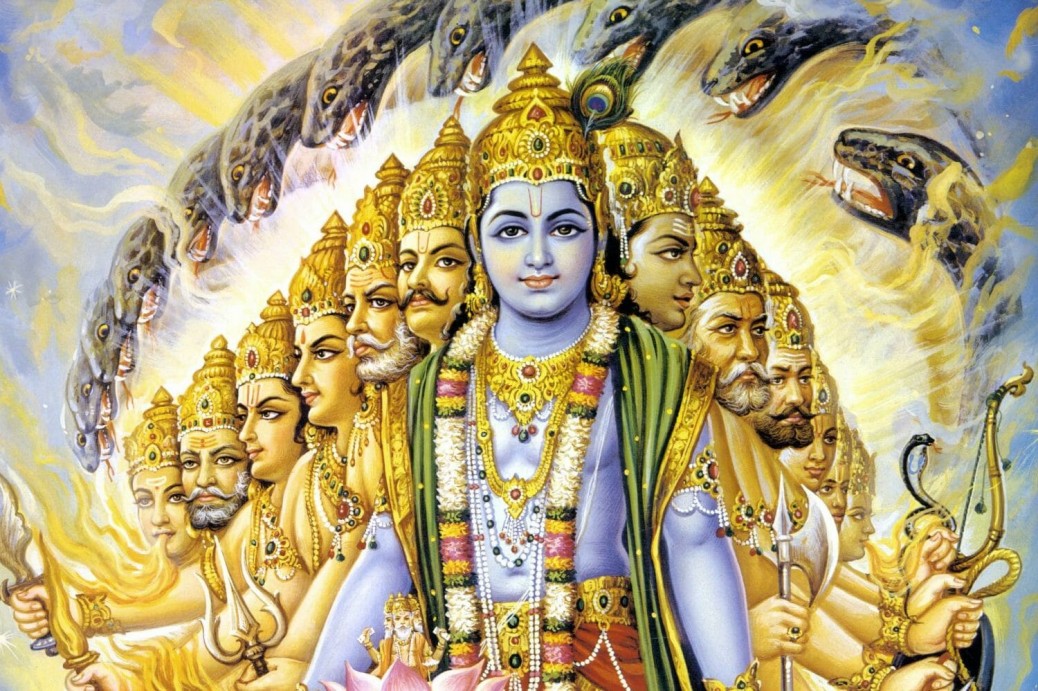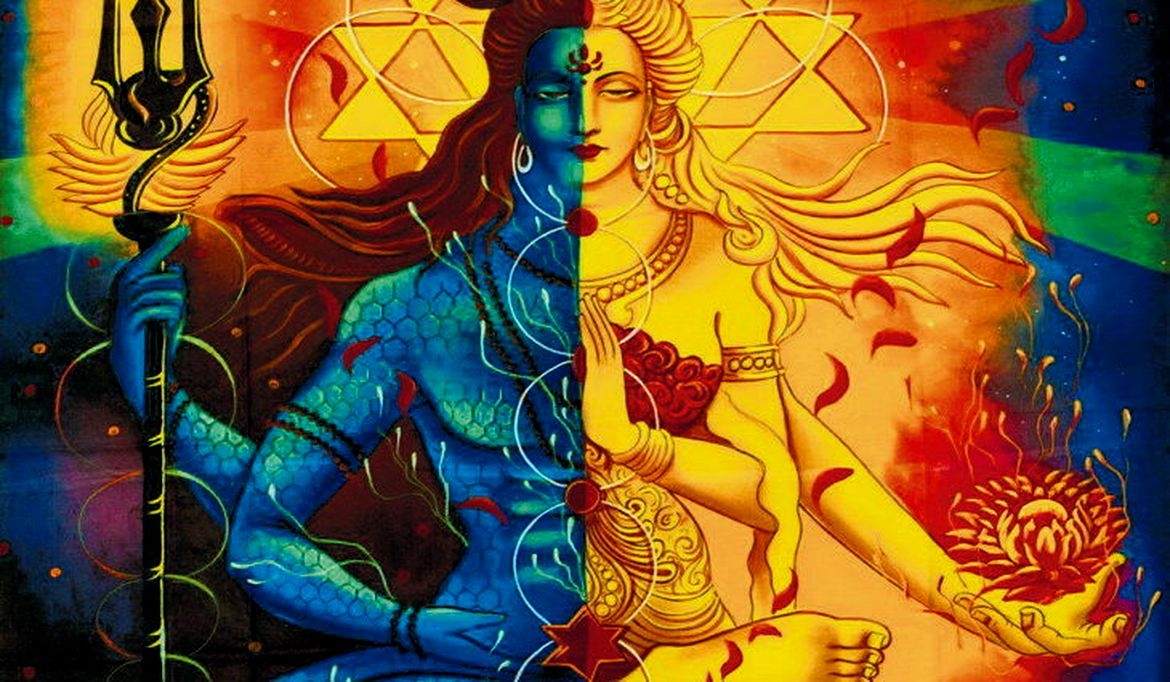Inner Sensitivity – In Gita Verse 3.37 The Supreme Personality of Godhead said: It is lust only, Arjuna, which is born of contact with the material mode of passion and later transformed into wrath, and which is the all-devouring sinful enemy of this world.
In the Bhagavad Gita, Verse 3.37, the Supreme Personality of Godhead, Lord Krishna, imparts profound wisdom to Arjuna, addressing the root cause of human conflicts and suffering: lust. Krishna explains that lust is born from the material mode of passion, Rajoguna, and when it is not fulfilled, it transforms into wrath, becoming the all-consuming enemy of the world. This discussion offers a psychological and scientific perspective on human nature, emphasising the interplay of three fundamental qualities: Rajas (passion), Tamas (inertia), and Sattva (balance).
Krishna’s insights are remarkably scientific, aligning with modern understandings of atomic structure. Just as an atom comprises electrons, protons, and neutrons, human nature is governed by the three Gunas – Rajas, Tamas, and Sattva. These qualities dictate human behavior, emotions, and actions. Tamas represents inertia and stability, akin to gravity, which prevents chaos in the universe. Rajas signifies movement and energy, driving passion and desires. Sattva, the state of equilibrium, balances these opposing forces, fostering harmony and peace.
The analogy of a car effectively demonstrates the importance of maintaining balance in life. Just as a car requires both an accelerator and a brake to function, human life needs the interplay of Tamas, Rajas, and Sattva. Without Tamas, there would be no stability; without Rajas, no movement; and without Sattva, no balance. This triadic interaction is crucial for maintaining order in the universe and within individuals.
Krishna emphasises that human actions are driven by these three forces. Anger, lust, and ego are manifestations of Rajas, leading individuals to act against their better judgment. The key to overcoming these negative impulses lies in understanding and balancing the Gunas within oneself. By cultivating self-awareness and equanimity, individuals can transcend the destructive forces of lust and anger, achieving a state of inner peace and harmony.
The Vedas expand on Krishna’s teachings, describing lust as a perverted reflection of divine love. Lust encompasses not only sexual desires but also material cravings, such as the pursuit of wealth, power, and prestige. This distorted desire arises when the soul, entangled in the material world, forgets its inherent love for God. Consequently, lust becomes a powerful force in worldly activities, driving individuals to sin and suffering.
In his teachings, Krishna highlights lust as the fundamental source of human suffering, leading to emotions such as greed and anger. Greed amplifies desire, while anger emerges from unmet desires. These emotions collectively contribute to conflict and distress. Krishna advises Arjuna to develop self-awareness and consciousness in his actions to avoid falling into the traps of lust and anger.
Krishna emphasises that what is often perceived as lust is, in fact, a manifestation of unconsciousness. When individuals lack self-awareness, they are prone to emotions like anger and hatred. He instructs Arjuna that participating in a battle with self-consciousness allows for a fight without enmity, whereas engaging with self-unconsciousness leads to anger and hatred, resulting in sinful chain reactions. Krishna’s focus is not on sin or virtue but on the importance of overcoming self-unconsciousness. This unconscious state causes attachment to worldly life, overshadowing the eternal nature of existence.
To embody Krishna’s teachings, individuals can engage in practices that enhance inner sensitivity and awareness. By concentrating on the presence of existence, one can forge a deeper connection with the world. A practical approach involves observing a candle flame with a loving and prayerful mindset, which helps still the mind and make it receptive. As sensitivity increases, individuals can sense the vibrant energy and light that permeate the universe, fostering unity and peace.
These practices can transform one’s perception of the world, influencing both body chemistry and emotional responses. Scientific research supports the idea that emotions like anger and peace correspond to distinct biochemical states. By cultivating inner calm and awareness, individuals can alter their reactions to life’s challenges, aligning their actions with Krishna’s teachings.
Krishna’s message to Arjuna is clear: life is governed by the interplay of the three Gunas, and individuals have the power to choose their path. By understanding and balancing these forces, one can transcend the limitations of lust and anger, achieving a state of liberation and enlightenment. This journey requires self-awareness, equanimity, and a commitment to nurturing the positive forces within, leading to a life of peace, harmony, and fulfillment.
Tags: Inner Sensitivity




